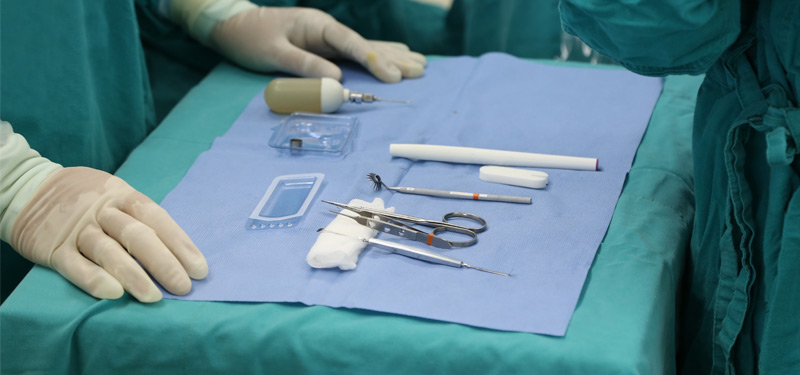The Cornea

The cornea is the clear front window of the eye. It covers the colored iris and the round pupil. While passing through the cornea, light is focused so we can see.
Unhealthy Corneas and Vision
If a patient has an injured cornea, it can become scarred or swollen, losing its clarity and smoothness. Because of scars, swelling or an irregular shape, the cornea can scatter or distort light, resulting in blurred vision or glare.
When is a Corneal Transplant Needed?
A corneal transplant is a very serious procedure and may be required if your vision cannot be corrected satisfactorily with eyeglasses or contact lenses, or if a painfully swollen cornea cannot be relieved by medications or special contact lenses.
Keratoconus, a steep curving of the cornea, Fuchs’ dystrophy, a hereditary corneal failure, scarring after infections or injury are just some of the reasons for a corneal transplant.
Deciding on a Corneal Transplant
When you and your doctor decide on a corneal transplant, your name is put on a list at the local eye bank. Before a cornea is released for transplant, the eye bank tests the human donor for the viruses that cause hepatitis and AIDS. The cornea is also carefully checked for clarity.

Surgery is often done on an outpatient basis. Local anesthesia is most often used, depending on your age, medical condition, and eye disease. During the procedure, the diseased or injured cornea is carefully removed from the eye. Then, the new donor cornea is sewn into place.
Your doctor will decide when to remove the stitches, depending upon the health of your eye and rate of healing. Usually, it will be one year before stitches are removed, but this varies depending on the technique used for your procedure. Some stitches may be left in place permanently.
Can Complications Occur?
Corneal transplant surgery is the most common and successful of all transplant surgeries today. Ophthalmologists perform more than 40,000 corneal transplants each year in the United States. Corneal transplants are rejected 5% to 30% of the time. If the body rejects the cornea the cornea becomes cloudy and vision deteriorates.
If treated promptly, most rejections can be stopped with minimal injury.
Warning signs of rejection are:
- persistent discomfort
- light sensitivity
- redness
- change in vision
All of these complications can be treated.
Corneal transplants can be repeated, usually with good results. The overall rejection rates, however, for repeated transplants are higher than for the first transplant. Vision may continue to improve up to a year after surgery.
A successful corneal transplant requires care and attention on the part of both patient and physician. No other surgery, however, has so much to offer the patient when the unhealthy cornea, deeply scarred or swollen, is finally removed.
Without the thousands of generous donors and their families who have donated corneal tissue so that others may see, corneal transplant surgery would not be possible.


